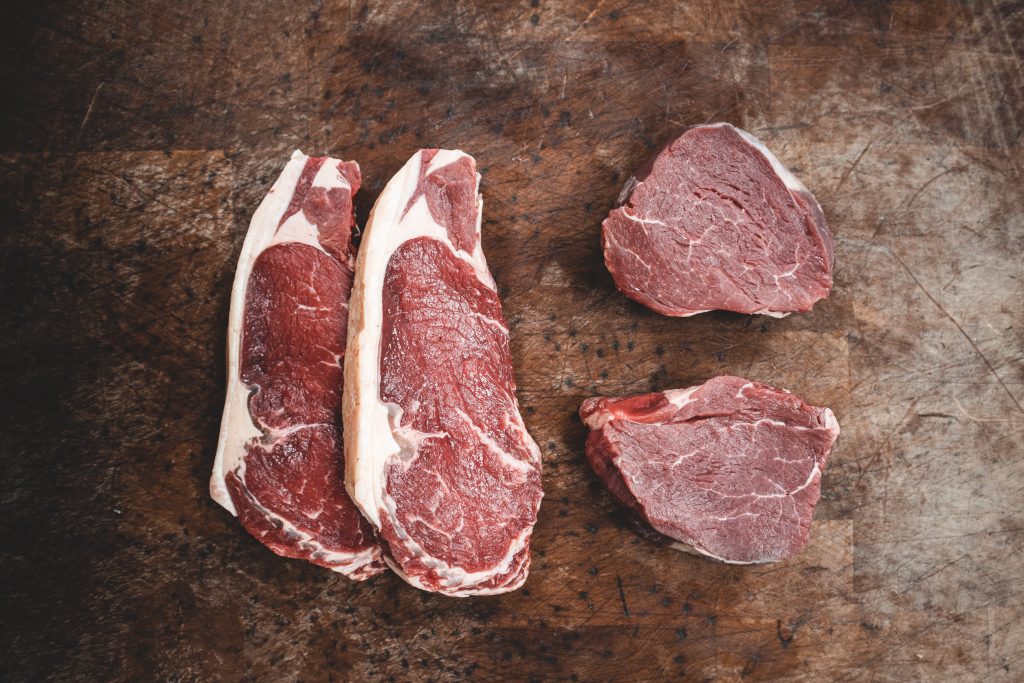Looking to make healthier choices in your home cooking? If so, let us introduce you to the world of grass-fed beef and how to cook it to perfection.
Understanding Grass-fed Beef
According to the American Meat Institute, grass-fed beef comes from cattle raised on pastureland, where they roam freely and lead a more natural life. Compared to conventionally raised beef, grass-fed cattle are leaner and healthier, with lower levels of saturated fats and higher amounts of omega-3 fatty acids.

Cooking Techniques for Grass-fed Beef
Cooking grass-fed beef requires a different approach due to its leaner nature. Here are some tips to ensure you get the best results:
- Thawing: Always thaw grass-fed beef in the refrigerator without packaging. Use a vacuum seal machine or a tightly sealed ziplock bag to maintain its freshness.
- Room Temperature: Let the beef come to room temperature before cooking. This ensures even cooking and helps retain its natural juices.
- Seasoning: Grass-fed beef has a rich flavor, so go easy on the seasoning. A bit of salt and pepper may be all you need.
- Searing: Searing the beef helps lock in the juices and adds flavor. It also caramelizes the surface sugars for a delicious crust.
- Grilling or Oven Cooking: Start with high heat to seal in the juices, then reduce the temperature for thorough cooking.
- Low Temperature Cooking: Cook grass-fed beef at a lower temperature to prevent it from becoming tough or dry.
- Use a Meat Thermometer: Invest in a meat thermometer to ensure you cook the beef to your desired level of doneness.
- Avoid Overcooking: Grass-fed beef cooks faster, so be careful not to overcook it. Remove it from heat when it’s slightly below your desired temperature.
- Preheat Cooking Surface: Always preheat your oven, grill, or pan before cooking to ensure even cooking.
- Resting Period: Let the cooked beef rest before serving to allow the juices to redistribute and prevent them from escaping.
The desired internal temperatures for grass-fed beef are:
Rare – 120° (deep pink, verging on red, very juicy)
Medium Rare – 130° (warm pink and juicy)
Medium – 140° (light pink, moist)
Medium Well – 150° (barely pink, turning to grey, drier)
Well Done – 160° (totally grey, dry)

Mastering the art of cooking grass-fed beef is a delicious and healthy choice for your home meals. By following these tips, you can enjoy tender, flavorful beef every time.
If you’re interested in the best quality grass-fed beef in North California, feel free to reach out to us. We’re here to help you elevate your cooking and enjoy the benefits of grass-fed beef.







